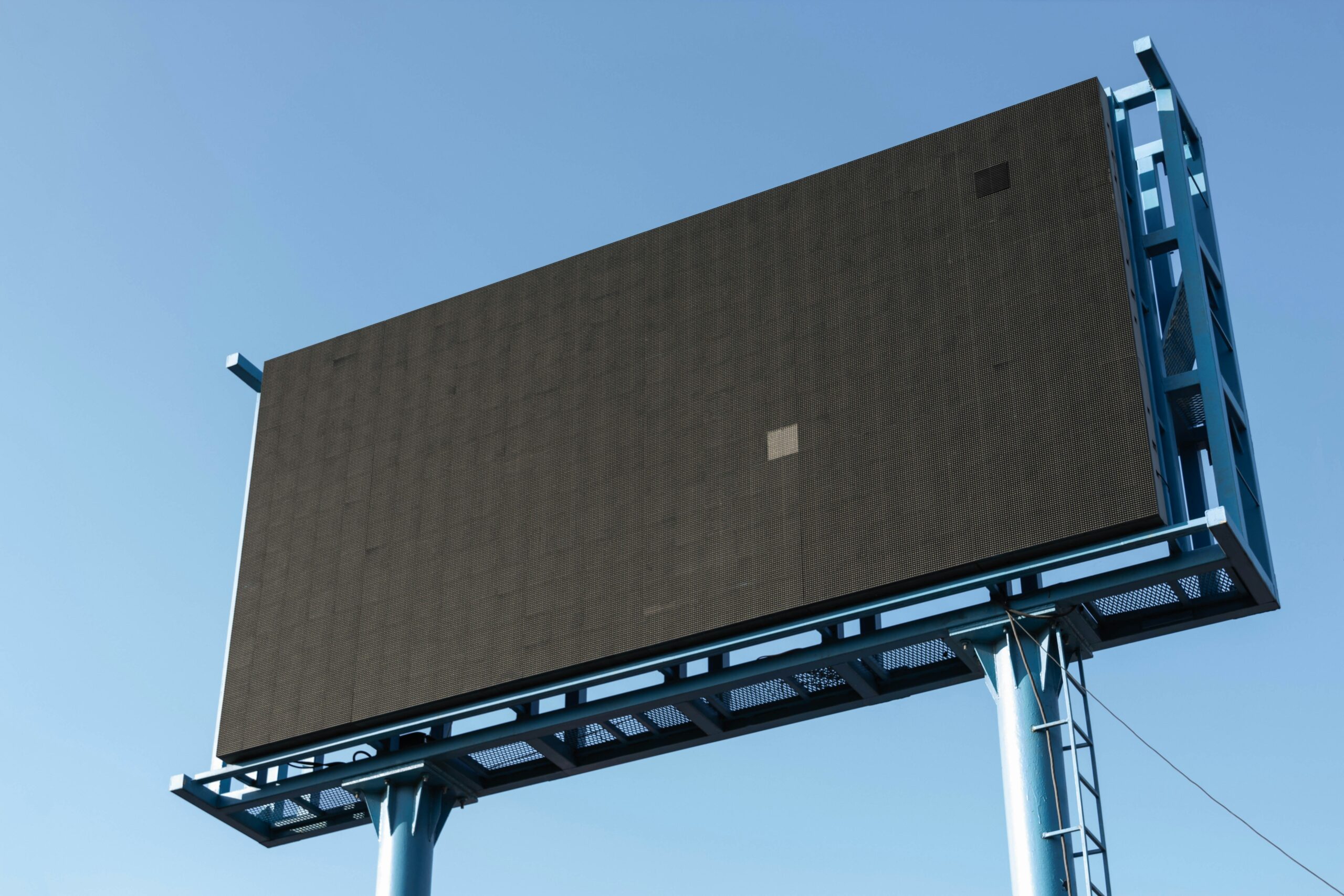Five years ago, we started OneScreen with a belief. A hypothesis, really.
That real-world media deserved better.
Better data. Better tools. Better transparency. Better outcomes.
We believed that the rise of digital advertising hadn’t made out-of-home (OOH) obsolete, it had just left it behind. And if we could give marketers a smarter way to plan, measure, and optimize OOH, they’d fall in love with it all over again.
So we got to work. We picked up the phone. We hit the pavement – literally. We asked for feedback, listened hard, built fast, and kept going. We’ve lived the startup rollercoaster: the wins, the stumbles, the pivots, the “holy sh*t, we actually did it” moments.
Along the way, we’ve worked with some of the most innovative marketers in the world. We’ve helped brands big and small use the physical world as a powerful performance channel — sometimes in unexpected ways. (Yes, that wrecking ball in the middle of NYC actually happened.)
But five years in, the biggest transformation isn’t just in the product or the platform or the campaigns, it’s in the perspective.
I’ve grown as a founder. And I’ve watched the OOH industry evolve in ways that have reshaped my thinking about what’s possible.
So here are some of the key things I’ve learned over the last five years at OneScreen.ai: Five lessons from the founder’s seat and five shifts in the OOH world that have changed everything.
What I’ve Learned as a Founder
1. It’s not about proving you’re right; it’s about getting it right.
Early on, I thought leadership meant having the answers. It turns out it’s more about asking the right questions. The best decisions we’ve made came from listening: to customers, teammates, and the market. You don’t need to be the smartest person in the room. You just need to build a room full of smart people who care.
2. Grit beats glamour. Every time.
There’s nothing glamorous about the early days of a startup. It’s long hours, constant problem-solving, and a whole lot of rejection. But grit? That’s the real superpower. The founders I admire most are the ones who just kept going. Through setbacks. Through uncertainty. Through the grind.
3. Sales is a mirror.
Pitching a product is really about pitching belief. If you’re unsure, the room can feel it. If you fake it, they know. But when you’re crystal clear on who you serve and why you matter, that conviction is contagious. People buy into belief, and as a founder, belief starts with you.
4. This isn’t just business; it’s people’s lives.
When someone joins your company, they’re making a bet on you, the vision, and something that doesn’t fully exist yet. That comes with real responsibility. Their livelihood, their families, and their futures are all tied to this journey. That’s not something I take lightly. It humbles me every single day.
5. It’s not all rainbows and sunshine – it’s a real sacrifice.
There’s a version of entrepreneurship that looks shiny from the outside. But behind the scenes? It’s missed moments with family, half-watched soccer games from a Zoom app, and learning how to carry the weight without letting others feel it. The wins are often quiet, and the work never stops. But when the mission matters, you keep showing up.
What I’ve Witnessed in the OOH Industry
1. The data finally caught up with the medium.
For years, OOH was seen as powerful but unprovable. That’s no longer true. Thanks to mobile location data and improved measurement frameworks, we can now connect real-world exposure to real-world outcomes. That’s opened the door for performance marketers and leveled up brand strategy.
2. Marketers crave simplicity.
Traditionally, OOH planning has been fragmented with spreadsheets, emails, PDFs, and disconnected vendors. When you simplify that experience, something powerful happens: engagement increases. The complexity wasn’t a feature; it was a blocker. Removing it has changed the game.
3. OOH is the great equalizer.
There was a time when startups felt like they had to “earn” their way into OOH. Not anymore. We’ve seen emerging brands make a national splash with modest budgets – $50K can go a long way with the right creative and strategy. OOH can give you presence, credibility, and memorability, all with speed.
4. A new generation of media buyers is changing the game.
Today’s marketers grew up in digital. They expect dashboards, self-serve tools, and clear attribution models. They’re not afraid of OOH, they just expect it to work like other channels do. And for the first time, we can deliver that.
5. It’s not OOH vs. digital: it’s OOH and digital.
The best campaigns don’t pick sides. They use OOH to build awareness and digital to keep the conversation going. The two work best together. We’ve seen it firsthand, and we’re building tools to make that integration seamless.
Looking Ahead
The mission at OneScreen hasn’t changed since we started. We’re still here to give real-world media the tools, transparency, and outcomes it deserves.
But the way we do it? That’s evolved. And so have we.
Here’s to the next five years: to building better, listening more, and continuing to make OOH the most powerful performance channel brands didn’t know they were missing.
Let’s keep going.
-Greg Wise, Co-Founder and Chief Customer Officer
